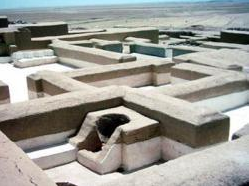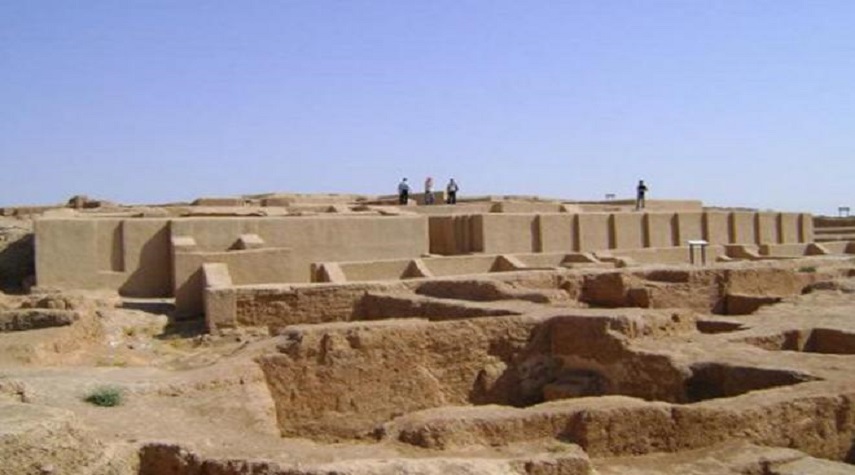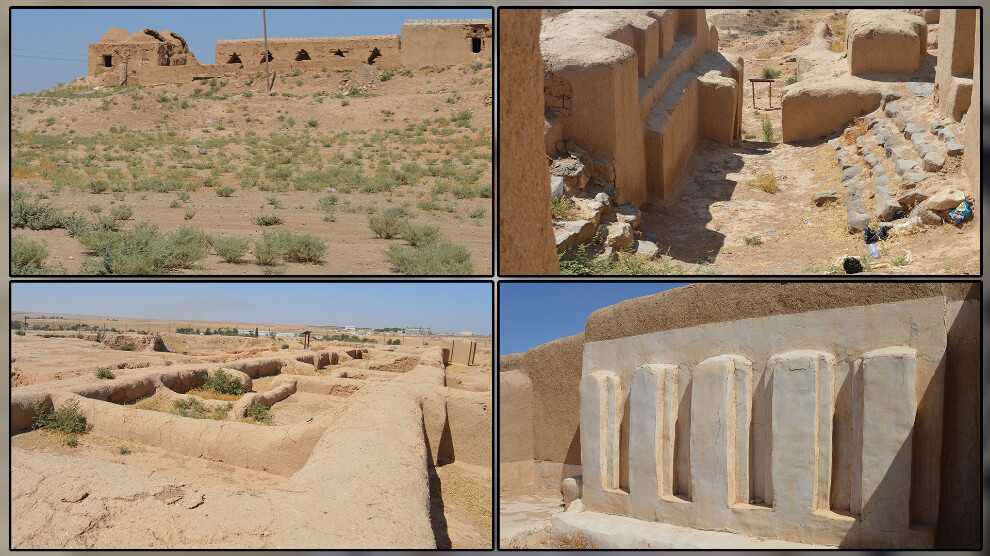Founded in the third millennium BCE, Tel Baidar reached its peak in the 25th and 24th centuries BCE. It was an administrative centre of the Kingdom of Najjar, which is now known as Tel Brak. Excavations revealed an archive of around 230 cuneiform tablets, primarily comprising agricultural records, which suggest that the region had a highly developed administrative system at that time. Over time, however, the city began to experience a clear decline during subsequent periods: first the Hurrian, then the Assyrian and finally the Hellenistic colonisation in the 2nd and 1st centuries BC. The Tel Baidar site covers 40 hectares and comprises an elevated acropolis surrounded by a lower city. During excavations, a Danish expedition uncovered a stone-paved main street leading to a stepped temple with a central staircase, which indicates meticulous urban planning. More than 400 pictorial administrative seals depicting scenes of masters making offerings to the gods of war and harvest were found, revealing that religious and administrative rituals were intertwined in the lives of the city’s inhabitants. In modern times, the Dutch project has carried out conservation work to protect the mud bricks, covering the walls with fabric, which has made the site relatively ‘preserved’. Plans are underway to rebuild one of the city’s gates using original bricks, demonstrating mud defence techniques to visitors and reflecting a growing interest in reviving heritage in an educational and tourist format that promotes understanding of ancient civilisations.










